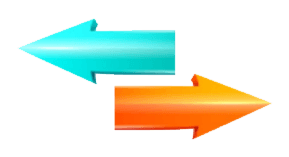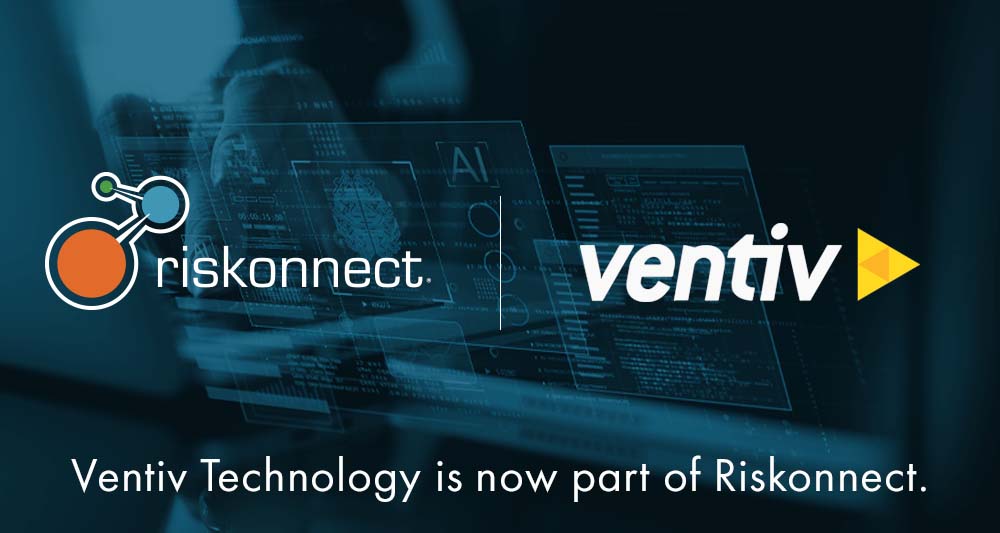The ability to adapt to sudden, unexpected change is especially valuable in these days of COVID-19 – and risk management plays an integral role.
Before the pandemic hit, many organizations were reluctant to move away from the from their tried-and-true way of managing risks one by one, department by department. After all, why fix what isn’t broken? While there may have been room for improvement, a good portion of the issues seemed negligible, so it was often easier just to live with them.
For many, that approach worked just fine – until the coronavirus crisis upended the world.
The Downfall of Traditional Risk Management
Faced with the pandemic’s fast-moving, interconnected risks, organizations everywhere were left scrambling to deal with operational and financial difficulties they never contemplated, let alone planned or practiced for. Companies that could not get their hands on complete, timely, and accurate data were at an immediate disadvantage – with often grave consequences. If you don’t have all the facts, action becomes nothing more than a shot in the dark.
The crisis may have sounded the alarm, but the glaring weaknesses revealed in the way risk and compliance are traditionally managed will not magically disappear when the coronavirus eventually runs its course. Even outside of crisis, today’s risk landscape is more crowded and uncertain than ever – and virtually every risk is gaining in velocity and ferocity. It’s difficult, if not impossible, to assess your true exposure with the fragmented view provided by old-school risk management techniques. And if you can’t see what’s coming, how can you possibly get in front of it?
The Rise of Integrated Risk Management
Our always-connected world demands a similarly connected approach to risk management. To survive in a world dominated by social media, mobile devices, and relentless scrutiny by everyone inside and outside the organization, senior leaders need to rely on an increasing number of stakeholders to identify, manage, and reduce risk together.
Stakeholders across the organization need to be able to freely exchange data and ideas to proactively address accelerated and amplified risks. And all that intelligence needs to be available in real time to top decision-makers, who must continually make hard strategic choices to drive organizational success.
That takes an integrated approach to risk management.
Integrated risk management brings in to focus anything that could harm your organization, its competitive position, reputation, or strategic growth. It connects the dots between every risk – insurable and noninsurable, strategic and operational – so you can understand what you’re facing, how everything interrelates, and the cumulative impact on the organization.
The Past Versus the Future
Here’s a look at how integrated risk management compares to a traditional approach:
TRADITIONAL RISK MANAGEMENT
INTEGRATED RISK MANAGEMENT
Focuses primarily on hazards and other insurable risks

Focuses on all risks and opportunities that affect an organization’s performance, including intangibles like reputation.
Aims to prevent or mitigate loss through insurance or safety improvements.

Aims to increase the organization’s value through increased efficiency and better decision-making
Analyzes risk independently.

Analyzes risks individually and collectively, how they relate to each other, and the cumulative impact on the organization.
Assesses risks at certain points in time.

Assesses risks and opportunities continually.
Siloed

Holistic
Reactive

Proactive
Department by department

Enterprise-wide.
The Past Versus the Future
Here’s a look at how integrated risk management compares to a traditional approach:
Traditional Risk Management
Focuses primarily on hazards and other insurable risks
Integrated Risk Management
Focuses on all risks and opportunities that affect an organization’s performance, including intangibles like reputation.
Traditional Risk Management
Aims to prevent or mitigate loss through insurance or safety improvements.
Integrated Risk Management
Aims to increase the organization’s value through increased efficiency and better decision-making
Traditional Risk Management
Analyzes risk independently.
Integrated Risk Management
Analyzes risks individually and collectively, how they relate to each other, and the cumulative impact on the organization.
Traditional Risk Management
Assesses risks at certain points in time.
Integrated Risk Management
Assesses risks and opportunities continually.
Traditional Risk Management
Siloed
Integrated Risk Management
Holistic
Traditional Risk Management
Reactive
Integrated Risk Management
Proactive
Traditional Risk Management
Department by department
Integrated Risk Management
Enterprise-wide
With integrated risk management, everything you need is in one place that’s easily accessible to all decision-makers. You have 360-degree visibility to make fast, data-driven decisions that minimize risk and maximize opportunity. Risk becomes a tool to create strategic value and elevate performance instead of something to be feared and avoided.
In today’s world of ever-changing risks, integrated risk management is no longer a nice to have – it’s a need to have. You simply must be able to get facts quickly and use those facts to inform your response strategy.
If you didn’t have that level of visibility into your risks during the current crisis, assess your weaknesses, and learn from your mistakes. Your future may depend on it.
For more on Integrated Risk Management, download our e-book, Conquering the New World of Risk with Integrated Risk Management.





